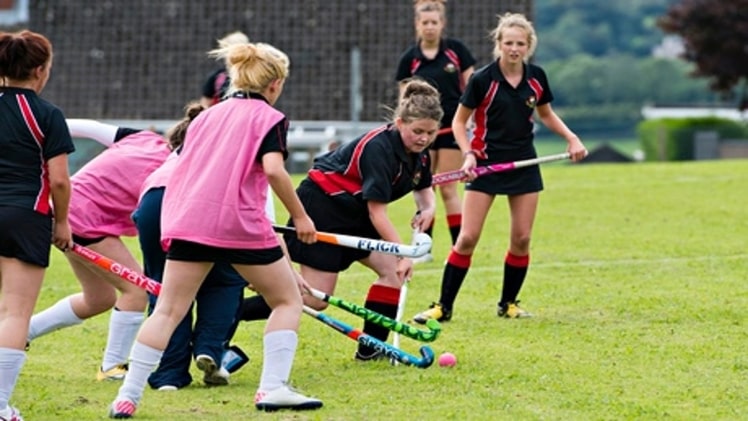The tradition of sports reporting is rooted in Victorian England, where the modern codes of sport were codified and organized. Journalist Andrew Warwick claims that the first mass sporting event covered by journalists was the Boat Race, a rowing event between Cambridge and Oxford. The event has been held annually since 1856. Today, news organizations report on a variety of sporting events and use them to draw attention to their stories. In addition to covering live sporting events, the media also covers sports-related stories through television, radio, and print media.
In a class, students should take a look at the SPORTS section in the newspaper and brainstorm ways to make it persuasive. They can work in groups or independently to identify sports headlines. The SPORTS section of a newspaper can be a good source for sports-related information, such as the mathematics of sports, comparisons to the greats of sport, and gift ideas for sports fans. It is important to note that readers of these stories may not necessarily be sports enthusiasts.
In many cases, women do not have access to locker rooms and may resent male reporters. In addition, the media must balance exposure for sports with the demands of consumers. In the United States, sports and media are closely linked industries. In order to broadcast sports, media enterprises must pay sports leagues millions of dollars each year. These money is then distributed among member teams and transferred to players as salaries. Likewise, media outlets attempt to recover these huge expenses by selling advertising space during sports broadcasts.

